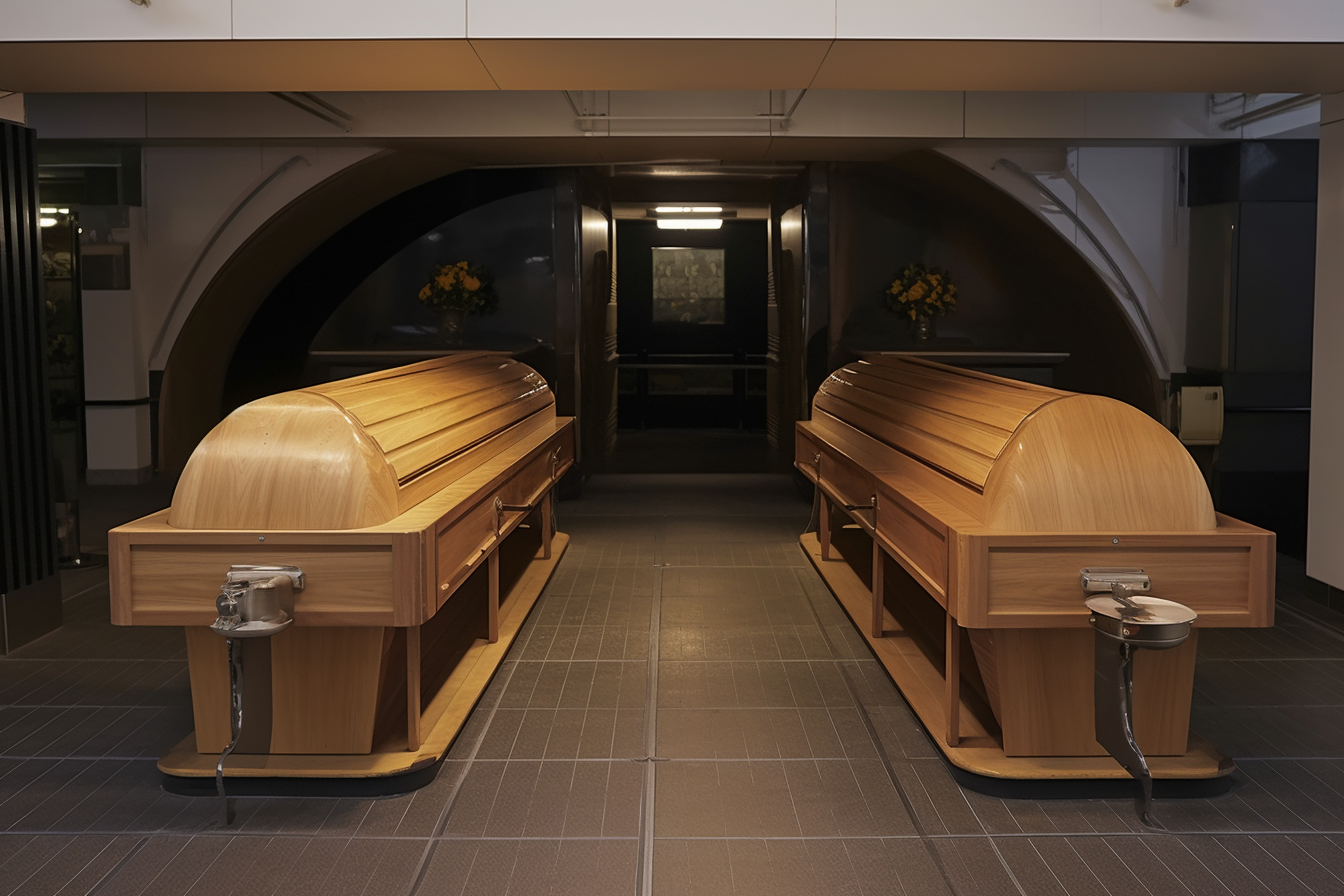How Much Does Cremation Really Cost in Australia in 2025?
Did you know cremation costs vary widely, from under $3,800 for direct services to over $8,000 with full ceremonies? Understanding prices and the detailed cremation process can help you make clear, cost-effective decisions for yourself or loved ones.

Overview of Cremation Costs in Australia in 2025
In 2025, cremation prices in Australia fluctuate depending on the type of service chosen, the location, and any additional family options. Drawing on data from Perth, a representative urban centre:
- Direct or Basic Cremation: Also known as direct cremation, this option involves cremating the body without a formal funeral or viewing. Prices typically range from $2,850 to $3,800. This generally includes the cremation procedure and basic administrative services but usually excludes memorial services or urns.
- Comprehensive Cremation Services: If families opt for a traditional cremation service that includes viewings, memorial ceremonies, transportation, personalized coffins or containers, and memorialization items, costs may exceed $8,000.
Factors Affecting Cremation Costs
Several aspects impact the final cremation price:
- Type of Cremation Service: Direct cremation generally costs less because it involves fewer services. Traditional cremation services with funeral ceremonies are more expensive.
- Cremation Container Choice: Containers like coffins or caskets vary in cost. Basic combustible containers, such as cardboard or simple wooden boxes, typically cost less, while more elaborate coffins are pricier.
- Additional Services: Costs can increase with transportation, viewings, memorial ceremonies, floral arrangements, and catering if provided.
- Urns or Keepsake Containers: Families may choose basic urns or opt for specially designed containers, with prices varying based on materials and craftsmanship.
Consumer Protections and Price Transparency
In Western Australia and other regions, consumer protection regulations such as the Fair Trading (Funeral Pricing Code of Practice) Regulations 2022 require funeral providers to offer clear, itemized pricing upfront. This aims to promote transparency and allow families to compare providers before making decisions.
Pre-Planning as a Cost Management Strategy
Pre-arranging cremation plans and paying in advance can help secure current prices and ease pressure on families during difficult times. Some providers also offer memorialization options like Living Legacy Tree memorials, which combine remembrance with environmental benefits.
Explanation of the Cremation Process
Cremation is a regulated and respectful procedure where the deceased’s body is reduced to ashes through controlled heat. The process occurs within a licensed crematorium to ensure dignity and care.
Step-by-Step Description of a Typical Cremation
- Confirming IdentityThe deceased’s identity is verified, usually by a family member or authorized person. A metal identification tag is attached to the body to avoid any mix-ups.
- Authorization and DocumentationThe family completes paperwork to authorize the cremation, specifying choices such as the type of combustible container and who will receive the ashes.
- Body PreparationTrained personnel prepare the body by cleaning it, removing medical devices that may be hazardous during cremation (e.g., pacemakers), and extracting valuables or personal items for safekeeping.
- Placement in Combustible ContainerThe body is placed in a combustible container such as a wooden or cardboard coffin, designed to burn efficiently in the cremation chamber.
- Cremation in FurnaceThe cremation chamber applies intense heat, usually between 760°C and 980°C (1400°F to 1800°F), for around 1.5 to 3 hours. This reduces the body to bone fragments.
- Cooling and Metal RemovalAfter cremation, the chamber cools and metal fragments from implants or tags are removed, often using magnets.
- Processing of Remains into AshesThe bone fragments are mechanically processed into fine, sand-like ash using a machine called a cremulator.
- Collection and Return of AshesThe ashes are collected and placed into an urn or container chosen by the family. Temporary containers may be provided if a permanent urn hasn’t been selected.
Options for Handling Cremated Ashes
Families can choose among several options once the ashes are returned:
- Keep ashes at home in urns or decorative containers.
- Scatter ashes in meaningful locations such as gardens, parks, or at sea, following local regulations.
- Bury ashes in cemetery plots or memorial gardens.
- Use keepsake items such as jewelry or small urns.
- Participate in ceremonial or environmental memorials, like planting memorial trees.
Factors Contributing to the Growing Preference for Cremation in Australia
Cremation is selected by a large proportion of families in urban centres including Perth and is increasingly common nationwide. Influencing factors include:
- Cost Considerations: Cremation is generally less costly than traditional burial.
- Flexibility: Cremation allows families to schedule memorial services at times and places of their choice, with options for managing ashes.
- Simplicity: Direct cremation offers a straightforward, minimal approach without requiring cemetery plots or large ceremonies.
- Environmental Factors: Cremation avoids land use required for burial plots, and some families prefer eco-friendly urns or memorial trees.
Summary of Cremation Costs and Process in Australia 2025
- Cost Estimates: Basic direct cremation typically ranges from $2,850 to $3,800, whereas traditional cremations with full services may cost over $8,000.
- Cost Factors: Services chosen, container type, memorial options, and additional services influence the total price.
- Regulatory Protections: Funeral providers are usually required to supply clear, itemized pricing.
- Process Overview: Includes identification, authorization, preparation, cremation, ash processing, and return of ashes.
- Ash Disposition Options: Families can retain, scatter, bury, or memorialize ashes in various ways.
- Popularity Factors: Cremation is becoming a common option due to cost, flexibility, and environmental considerations.
Understanding these factors assists individuals and families in making respectful, informed decisions about cremation in 2025.
Sources
- Funeral Cost in Perth Australia 2025: A Comprehensive Guide
- Dwyer Family Funerals - Cremation: Process, Costs, Types
- Greenfields Funerals - Cremation Services in Perth: Dignified Choices & Pricing Explained
Disclaimer: All content, including text, graphics, images and information, contained on or available through this web site is for general information purposes only. The information and materials contained in these pages and the terms, conditions and descriptions that appear, are subject to change without notice.




